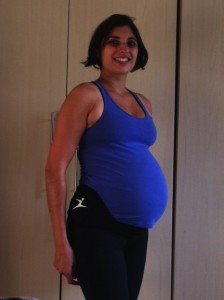Top tips for your nervous system.
With 2020 having been the most stressful year for most of us, it feels like the start of 2021 is a good time to think about how to stay in a calmer place. It isn’t always possible to lower your stress levels (especially when that stress is a global pandemic) but there are ways we can help our bodies and brains deal with it.
The sympathetic nervous system is our “fight or flight” side, fuelling by adrenaline, it helps us be on alert and run away or to stand and fight. We totally need this system but we don’t want it switched on overdrive all the time. If you have been living life on the edge for some time then your body will be functioning on high alert which will be exhausting and after a while it takes its toll. You may notice digestive issues, constant fatigue, headaches, anxiety and mood disorders. If that is where you are right now then read on.

The parasympathetic nervous system is our rest and digest side, its the side that kicks in when we sit down and kick back on the sofa. It also keeps our basic body functions working as they should, including digestion, heart rate, the bladder and sexual function.
So how do we stimulate the rest and digest side more?
- If there are any stressors you can reduce look at doing this. Our body is designed to cope with stress but not all the time.
- Use mindfulness, meditation, deep breathing or- you guessed it- pilates to help bring down your reactions to stress. Ever noticed how you leave your pilates class feeling calmer, clearer in your head and better in your body? It is a great coping tool.
- Massage can help you move from that place of stress to relaxation too. Regular massage could help you with the stress response. If you can’t get a regular massage in person then try seem self massage using a massage ball, or a partner.
- Moderate exercise of any sort can help you stress bust. Can you build activity into your everyday. Gardening, walking, cycling, running whatever works for you.
- Take 10 minutes to sit and reflect. A gratitude journal can be a great way to do this. Focusing on the positives helps you to see life is not all bad.
- Make sure you have enough relaxation and chill out time in your day/week.
How does Pilates help?
Well it helps you slow down, breath deeply, concentrate on your body movements and move mindfully. Plus it is exercise and time for you.
If you want to take up Pilates to help with this then our online classes run 6 days a week, plus pregnancy and postnatal classes too. Sign up by emailing [email protected]















